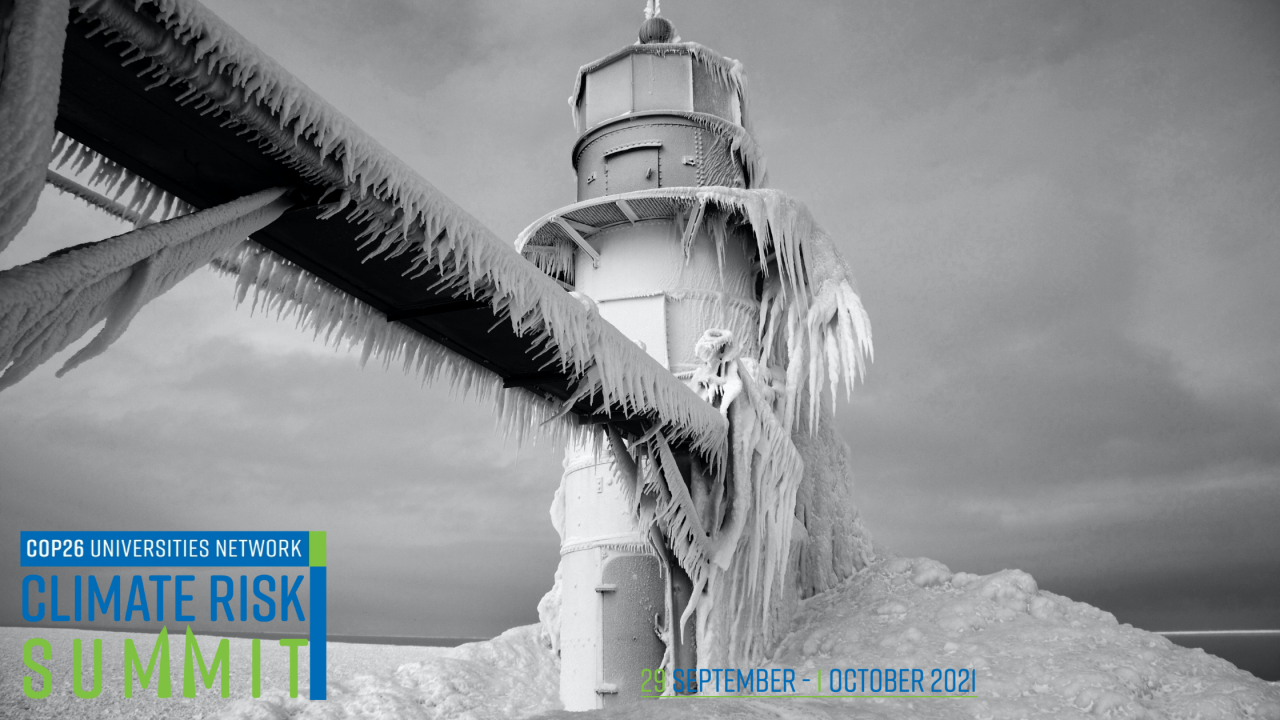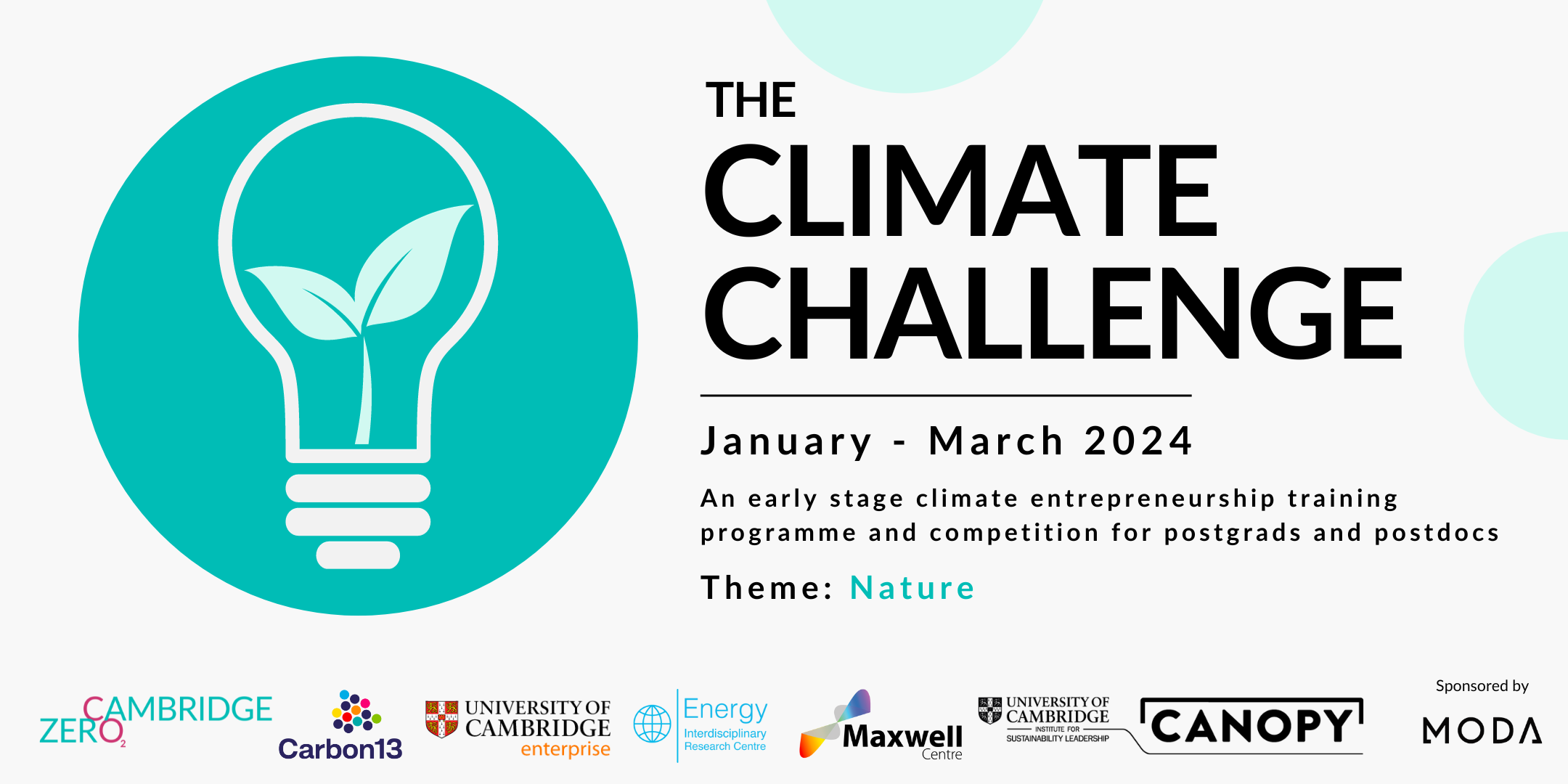“When is The Day After Tomorrow?” was the opening slide of Dr Levke Caesar, one of four expert panellists at the COP26 Universities Network Climate Risk Summit session “Tipping Points and Abrupt Climate Responses”. While scientific inaccuracies abound in it, the 2004 Hollywood blockbuster, in Dr Caesar’s words “represents a real mechanism”, namely “the possibility that the overturning circulation in the Atlantic (or AMOC) may shut down”. Evidence from climate indicators shows that over the past few decades the AMOC was weaker than ever before. Combined with projections of future weakening this “could take us dangerously close to a tipping point of the AMOC”.
A shutdown of the AMOC is just one example of a potential “tipping point” in the climate system. The Intergovernmental Panel on Climate Change (IPCC) defines tipping points as a “critical threshold beyond which a system reorganizes, often abruptly and/or irreversibly”. The probability of crossing such critical climatic thresholds may be low, but the impacts of triggering a tipping point could be catastrophic and far-reaching.
Prof Rachel Warren gave an overview of policy-relevant “tipping elements”. These are large scale components of the Earth system that may pass a tipping point, and include the Arctic summer sea ice extent, the Greenland and Antarctic ice sheets, the AMOC and the Amazon rainforest. As Prof Niklas Boers explained, we can use observational time series to detect when a certain tipping element is approaching a tipping point, “giving an early warning signal that tipping elements have approached their critical points, or at least indicating that they have lost stability”.
Dr Sebastian Rosier focused on another tipping element, the West Antarctic Ice Sheet (WAIS), where ice mass loss has tripled between 2021 and 2017. Large parts of the WAIS sit on bedrock below sea level. In this scenario, a tipping point known as the Marine Ice Sheet Instability can be crossed: an initial retreat of the ice sheet would trigger continued retreat further down the bedrock until a new stable point is reached.
As Prof Warren highlighted, some ecological tipping points are already occurring. One of these is the current onset of ecosystem degradation in coral reefs, i.e. a tipping point in the coral reef system. At 1.5ºC of global warming, between 70-90% of coral reefs could be lost. At 2ºC warming, that percentage rises to 99%.
Dr Rosier introduced the concept of committed sea level rise: “We don’t have the luxury of only worrying about sea level rise over the next century. Even if we rapidly reduce emissions, the ice sheet will continue adjusting to its new climate for millennia, committing countless future generations to having to deal with the consequences of our actions today.”
All speakers emphasised that immediate, deep and rapid emissions cuts are needed to reduce the risk of crossing tipping points. While we are already committed to a certain amount of sea level rise for example, we can still reduce the rate of sea level rise through mitigation. Prof Warren added, “reducing the rate of sea level rise makes adaptation much easier, in both human and natural systems”. Human adaptation and mitigation responses planned properly can work together synergistically with natural responses.
The session ‘Tipping Points & Abrupt Climate Responses’ was co-curated by Dr Erik Mackie, Engagement Manager at Cambridge Zero, and Dr Luke Kemp, Research Associate at the Centre for the Study of Existential Risk. The discussion was chaired by Dr Shaun Fitzgerald, Director of the Centre for Climate Repair at Cambridge.




